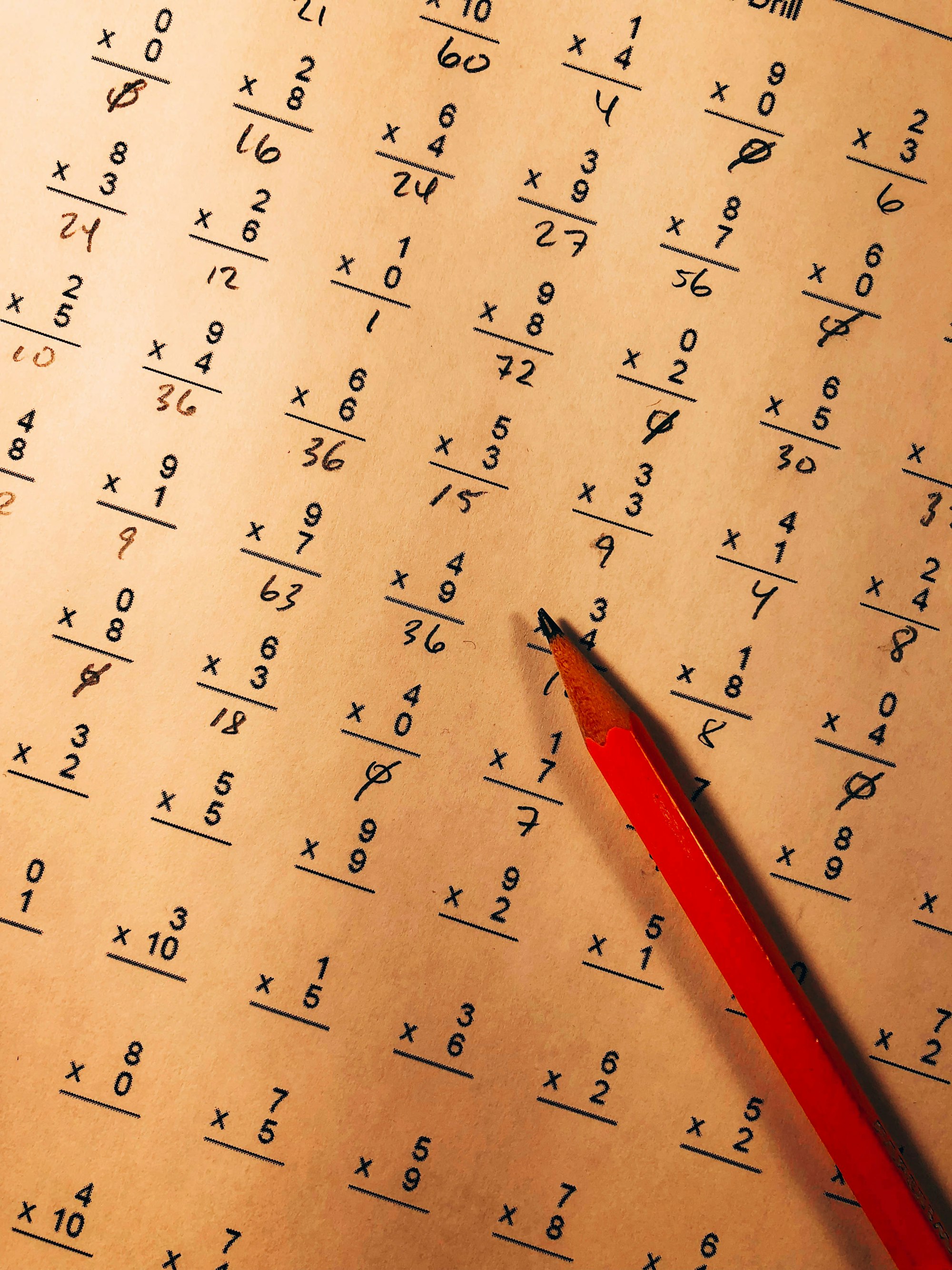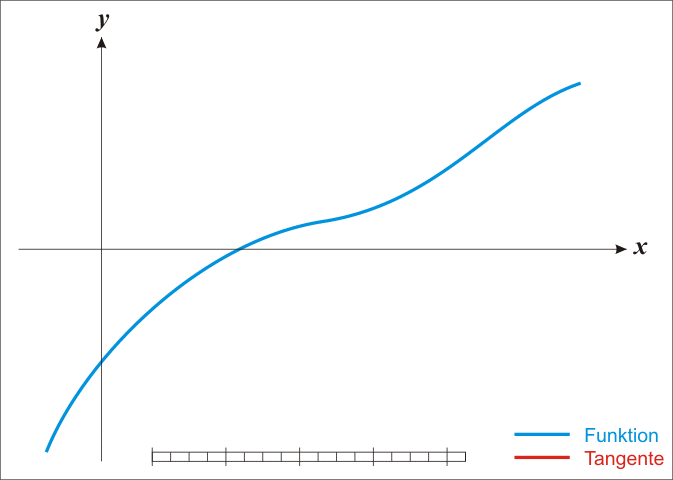Square roots: are they overlooked?

This article was written as a submission to 3Blue1Brown's Summer of Math Exposition 2021. It's a short one, but it's my first article anyway so it will be far from perfect. I'm glad to be able to do this in the very limited time I have.
In the modern education system, it seems like it is a given that we learn quite a lot of mathematics. We often question the purpose of learning things like calculus, algebra, and so on. And I think it is a good question to have.
To answer this question, we can see that there are movements to radically change how we teach math. I invite you to also read on Conrad Wolfram’s article to Stop Teaching Calculating, Start Teaching Math. He's the brother of the brilliant Stephen Wolfram behind Mathematica and Alpha.
Learning the basic four
Addition, subtraction, multiplication, and division. We learnt this in school by hand. We probably did tens of thousands of exercise or examination questions doing these operations by hand. At some point, we did some basic exponentiations and square roots. Easy numbers like $\sqrt{25}$ are ingrained in our minds.
I believe that we all know how to do exponentiations by hand. At least integer ones like $6^{3}$. After all, it's just multiplications ($6 \cdot 6 \cdot 6$), and by extension, additions! For fractional exponents like $6^{\frac{3}{2}}$, we can do this through $\sqrt{6^3}$. But we can't really do it by hand anymore, do we?
Well, apparently, we can! And mind you, this is not a tutorial on how to do approximations like in Newton's method (though we will touch on that later), but an actual, honest-to-goodness way to get a fully accurate calculation, with the caveat being that it gets even harder to do the more significant figures you want to reach.
Square roots by hand
I learnt this method while I was in primary school from a friend (we shared many interesting ways to calculate things by hand, one of which is a multiplication trick similar to this, and we adapted it to as many digits as we want), and it stuck with me ever since. It's a nice trick to add to the bank of answers that I can choose if people ask about one unique or interesting thing about me.
There is a graphical explanation here, which might be very interesting for some of you, but I wanted to touch on the amount of computation needed.
Let's say we have a number: 35690.
\[\sqrt{35960} = 189.631221058\]
Number of digits
We have an odd number of digits. Therefore, we will divide the placements of the numbers into 3 | 56 | 90. If it was even like 3596, it would be divided into 35 | 96. The number of divisions will determine the length of the answer before we reach the decimal place. In this case, we have 3 digits.
\[\sqrt{3 | 59 | 60}\]
First iteration
We take the left-most number. The question is now what is the largest integer number, when squared, will be below that number. If we use 1, we will get 1 when squared, which is less than 3. However, if we use 2, we will get 4 when squared, which exceeds 3.
Hence, the first digit of the answer is 1.
\[\text{Answer} = 100 \ (\text{1 s.f.})\]
The left-most number, 3, is then subtracted by the product, which is $1\cdot 1 = 1$. We then append the next division of numbers to the remainder. In this case, it becomes 259.
Second iteration
We take this new number of 259, and this is where things may get a little bit funky. There is an explanation to this, and it has to do with a lot of squares. The link I referred to earlier would have explained that.
If you recall, the first digit of our answer is 1. Let's call this number, multiplied by 2, as $x$. The first step in this iteration is still finding the largest integer number, the difference being that it is not finding an integer that when squared is nearest 259, but rather what is the nearest single digit integer $y$ to satisfy this equation:
\[\begin{align} &\max y \\ & \ \text{s. t. } \\ &\quad (x \cdot 10 + y) \cdot y \leq 259\\ &\quad 0 \leq y \leq 9, \quad y \in \mathbb{Z}^{+} \end{align}\]
In this case, we find that 8 is the next answer digit since $28 \cdot 8 = 224$ but $29 \cdot 9 = 261$.
\[\text{Answer} = 180 \ (\text{2 s.f.})\]
With a similar method as before, we are going to take the product we get, which is 224, and subtract 259 by it. The remainder is now 35. We then append the next division of number. We have 3560.
Third iteration
It's going to be similar as the second iteration. We try to find the maximum for y:
\[\begin{align} &\max y \\ & \ \text{s. t. } \\ &\quad [(28 + 8)\cdot 10 + y] \cdot y \leq 3560\\ &\quad 0 \leq y \leq 9, \quad y \in \mathbb{Z}^{+} \end{align}\]
Whoa, wait a second here. What is going in with that $(28+8)$? Do you remember that we multiplied 1 by 2 and assigning it as $x$ before? Well that was supposed to be an addition of both the multiplying terms. It's just that in the beginning, the two terms were both 1! But now, they are 28 and 8. I hope this gives you an appreciation to the manual work (or even computerised ones) of calculating a square root.
The answer is obvious here. The next digit is 9 by pure rough approximation. The remainder is then $3560-3321 = 239$.
\[\text{Answer} = 189 \ (\text{3 s.f.})\]
Decimal iterations
For the decimal places, we will continue to append numbers to the remainder. If there are no decimal numbers, we will append 00 to the ends of the remainder. In this case, it becomes 23900.
The same method applies.
\[\begin{align} &\max y \\ & \ \text{s. t. } \\ &\quad [(369 + 9)\cdot 10 + y] \cdot y \leq 23900\\ &\quad 0 \leq y \leq 9, \quad y \in \mathbb{Z}^{+} \end{align}\]
We find out that the answer is 6.
\[\text{Answer} = 189.6 \ (\text{4 s.f.})\]
And so on...
We can continue this method to get as many decimal places as we want. However, the amount of computational power increases exponentially the more accurate we want it to be.
Algorithms?
Once we learn this, we then try to think to ourselves: how do we make things better? Square roots are extremely important in our lives. One example would be in computer graphics, where the Pythagorean theorem is used in vectors.
Newton's method comes to mind. This is a simple way to quickly approximate the solution to an equation. Using the example from before, we take the function $x^2 = 35960$. Roughly speaking, we then take a seed or initial number and input it into $x$. We take $x^2$ and the derivative (or slope) of the curve (which is $x$ in this case) to find the next $x$. We repeat this again and again until we converge to an accurate enough number for our needs.
Mathematically, it looks like this:
\[x_{n+1} = \frac{1}{2} \left ( x_n + \frac{a}{x_n} \right ). \]
I hope the GIF below will explain it better than me.

Other than that, people have come up with various different ways to calculate square roots or a variation thereof. One of the most interesting one can be seen through this amazing video by Nemean. Do note that advancements in computers and codes have rendered these tricks unnecessary anymore, and implementing this particular one can lead to everything breaking when compiling in C.
Then what?
What's the takeaway from this, then?
I am not advocating for teaching students to compute square roots by hand so that we can keep them off the calculator for even longer (and thus forcing them to do various calculations that will take ages to complete), but to inspire them instead. It seems so simple in concept—it's just a reverse exponentiation—but the method of solving them is so tedious that even now people are coming up with new ways to make calculating them easier.
There are some key concepts younger students can learn from this, too.
- The concept of time-complexity. The students will be able to understand that some process times exponentially go up when you add more digits. This can break the intuitive notion of linear relationships between amount of work and time spent. How many times have you seen the algebraic questions along the lines of "if John takes 3 minutes to finish a task and Alice takes 5 minutes, how long will a task take if the both of them do it together?"?
- Basics of programming and algorithms. It's possible to teach a form of logical thinking in a way so that students can learn to solve square roots using code or pseudocode. We can begin by teaching basics using something like division algorithms too!
- Hopefully to interest them more in the field. I guess for some people, this will give them the spark and joy to explore further, be it in mathematics, coding, or other related fields.
Well, this is just an idea to improve the world through education. Please let me know what you think via the comments below!